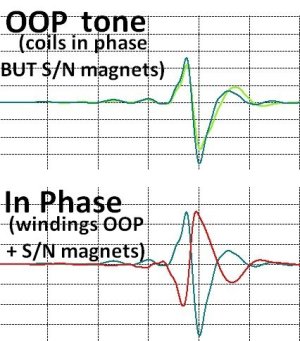Guitarman555
New member
Need help with polarity..
I have installed a jag 63 staggered black bottom pickup into my 64 jag(to replace incorrect reissue pickups before), searching for the second real vintage pickup to buy and place into the bridge position.
Is polariry really necessary to know? If polariry of bridge will be same as of my neck pick up, is it really a problem...? hum will be bigger or just the same as in single position? I understand that there will be no cancellation hum effect but it shoud be still fine?
Simplified question: can i buy any pre cbs jag pickup and will it work with my actual neck pickup together?
I have installed a jag 63 staggered black bottom pickup into my 64 jag(to replace incorrect reissue pickups before), searching for the second real vintage pickup to buy and place into the bridge position.
Is polariry really necessary to know? If polariry of bridge will be same as of my neck pick up, is it really a problem...? hum will be bigger or just the same as in single position? I understand that there will be no cancellation hum effect but it shoud be still fine?
Simplified question: can i buy any pre cbs jag pickup and will it work with my actual neck pickup together?
Last edited:





